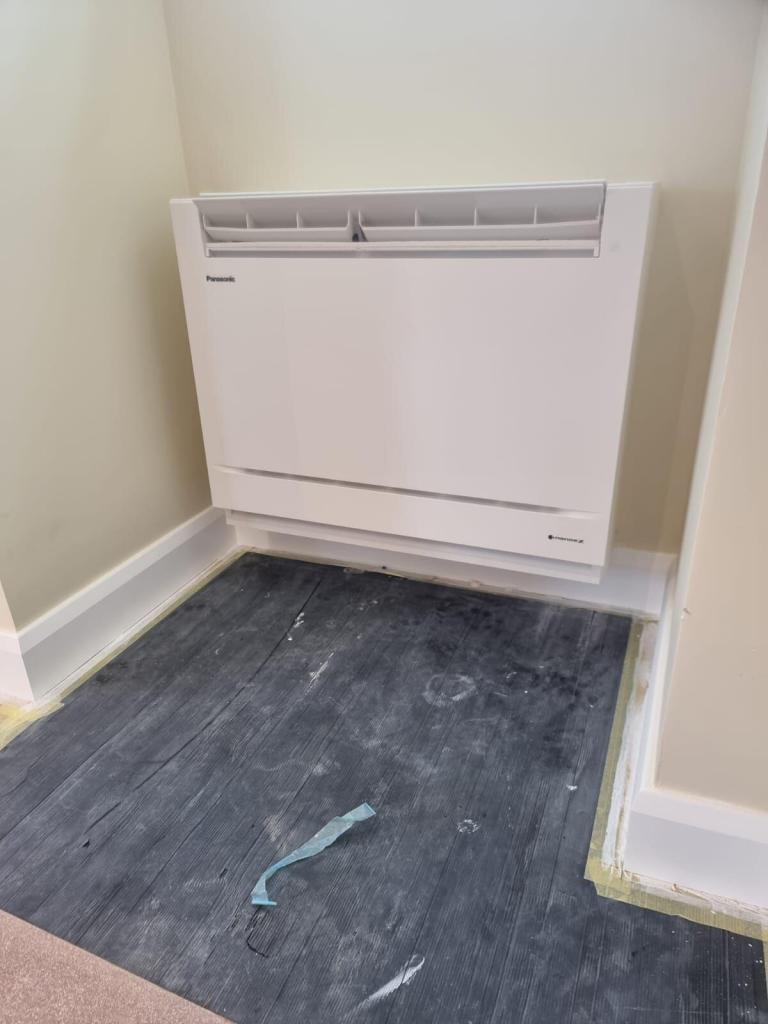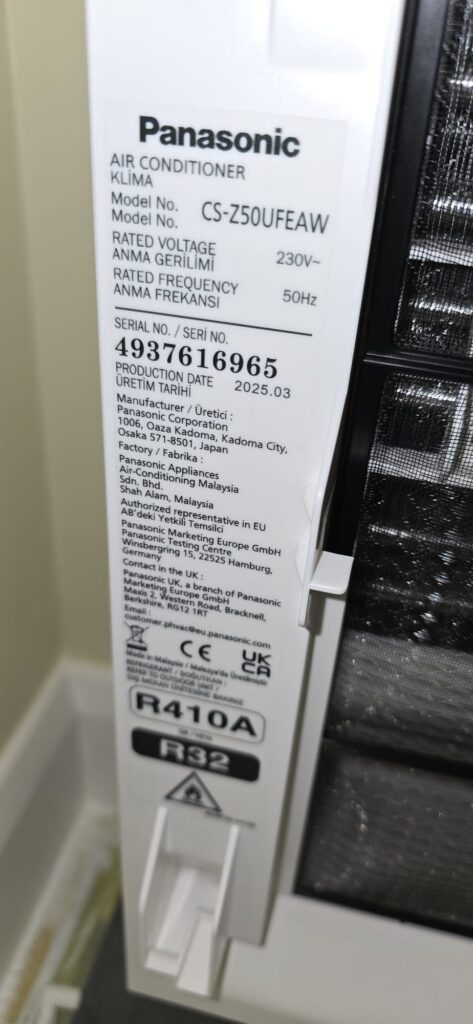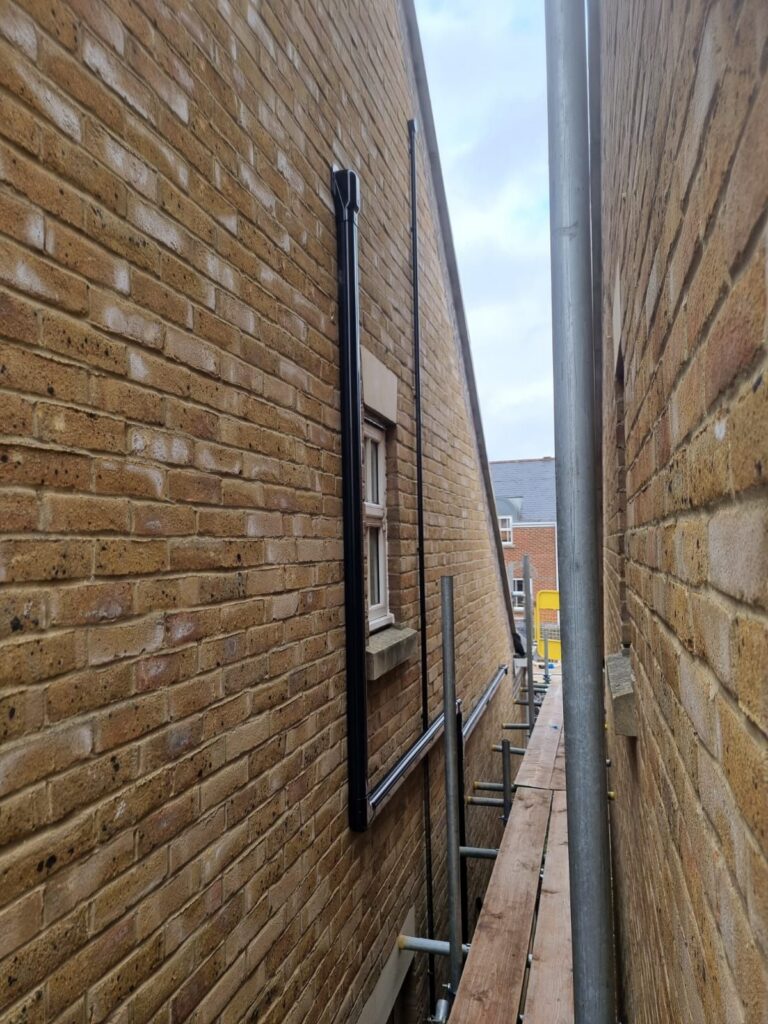The Strategic Advantage of Low-Level Air Conditioning in Home Counties Loft Conversions
Loft conversions are a highly popular and effective means of maximising living space across the South East of England. From the historic spires of Oxford in Oxfordshire to the bustling business districts of Reading in Berkshire and the maritime bustle of Gravesend in Kent, homeowners are continually looking for intelligent ways to enhance their properties. A critical consideration for year-round comfort in these elevated spaces is efficient temperature control, a need perfectly met by specialist low-level air conditioning (AC) units.
Optimised Installation for Unique Loft Architecture

The most significant benefit of low-level AC units is their ability to seamlessly integrate into the unique structural challenges presented by a loft. Unlike traditional high-wall units, these systems, often resembling modern radiators or compact console units, are designed to sit just above the floor or within the dwarf walls. This low-slung placement is crucial, as it entirely mitigates the issue of sloped ceilings, a common feature in loft conversions across the home counties, from the commuter belt hub of Aylesbury in Buckinghamshire to the market town of Hertford in Hertfordshire. For properties near central London, where space is at a premium and every inch counts, this discreet, floor-level solution is invaluable, allowing the homeowner to maximise usable wall space.

Year-Round Climate Mastery
The environmental conditions in a loft conversion can be extreme. As heat naturally rises, the space becomes notoriously hot and stuffy in the summer months, a problem felt acutely in densely populated areas like Watford in Hertfordshire or the coastal expanses of Southend-on-Sea in Essex. Conversely, lofts can become uncomfortably cold in winter due to their exposed position under the roofline, regardless of the quality of insulation. Modern, inverter-driven low-level AC units are, in fact, highly efficient heat pumps. This dual functionality offers both powerful cooling and effective heating, ensuring a consistent, comfortable ambient temperature throughout the year. Homeowners in Maidstone, Kent, or the picturesque villages surrounding Chigwell, Essex, can rely on these systems as an all-in-one climate control solution, often more energy-efficient than traditional electric heating.

Enhanced Air Quality and Efficiency
Beyond pure temperature, these advanced systems significantly enhance the internal environment. Many low-level units feature sophisticated filtration systems that actively remove dust, pollen, allergens, and pollutants from the air. This improved air quality is a substantial health benefit for residents in built-up areas like Slough in Berkshire or the urban sprawl around Luton in Bedfordshire. Furthermore, lofts are susceptible to humidity build-up, which can lead to dampness and mould. The AC unit’s dehumidifying action manages moisture levels, protecting both the building fabric and the health of its occupants, a crucial feature for the well-maintained homes of Beaconsfield in Buckinghamshire. These modern, energy-efficient units consume significantly less power than older models, offering homeowners in places like Chelmsford, Essex, or Canterbury, Kent, a sustainable and economical way to condition their new space.

By offering a sleek, space-saving design that overcomes architectural constraints, alongside highly efficient, year-round cooling and heating, low-level air conditioning units are transforming loft conversions across the South East. From Bedford in Bedfordshire to Charing Cross in the heart of London, they provide the essential climate control that turns a simple attic room into a truly comfortable and valuable part of the home.
Would you like to know more about the specific energy efficiency ratings or installation costs for low-level AC units?
